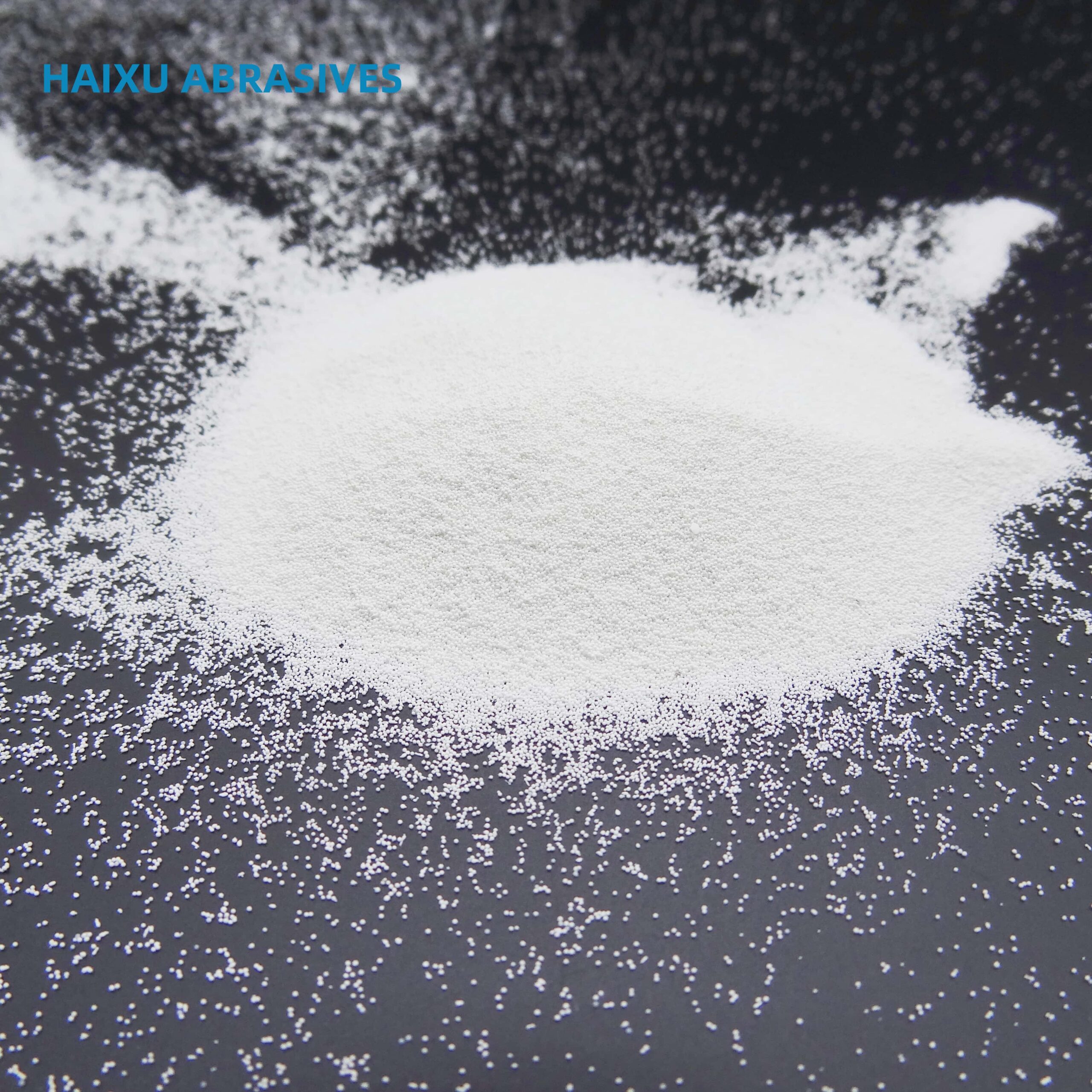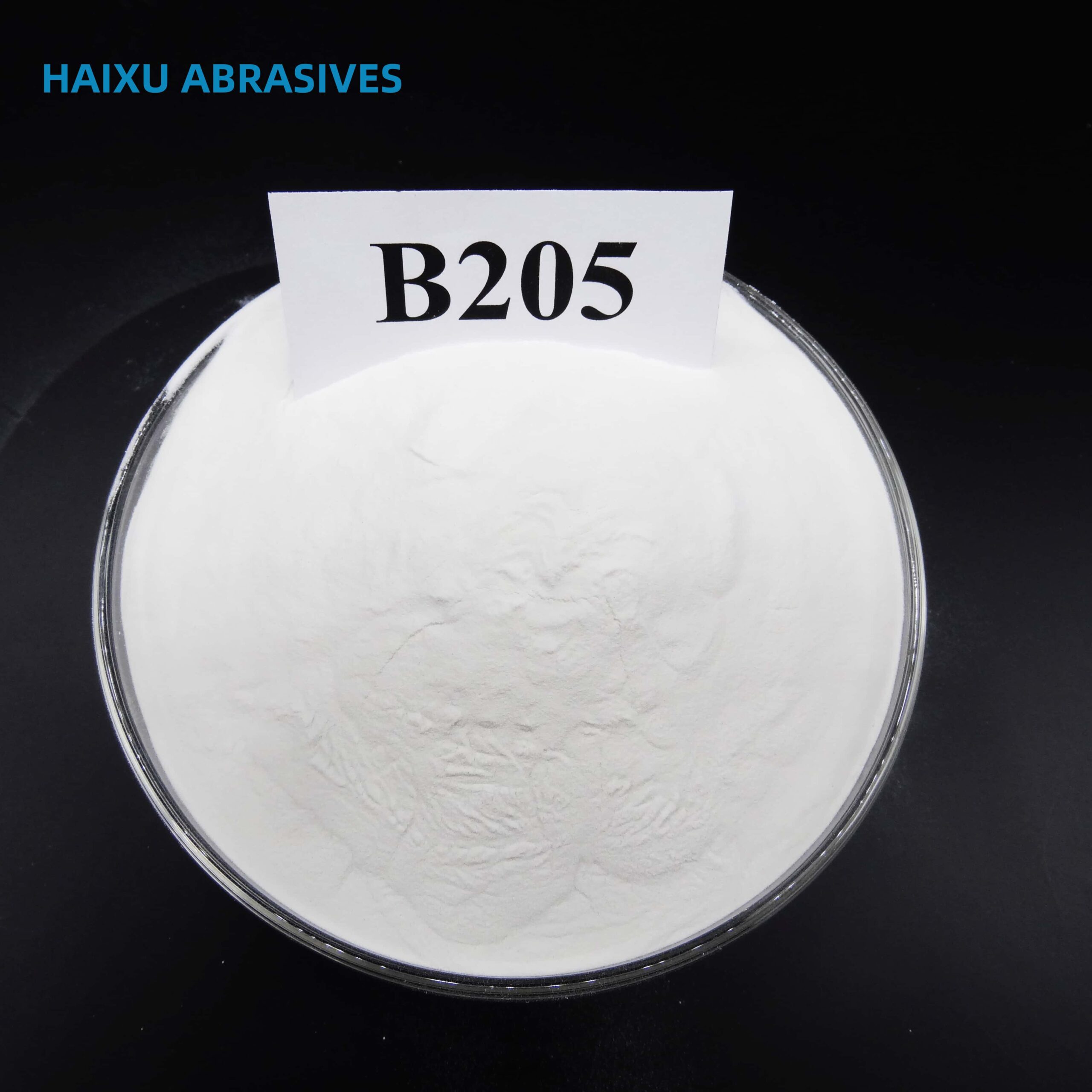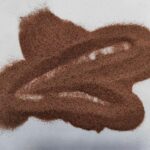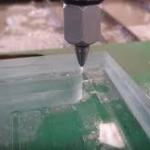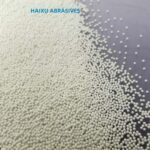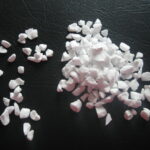How Waterjet Cutting Works: A Breakthrough in Precision Manufacturing
Waterjet cutting, a revolutionary manufacturing technology, is transforming industries by enabling precise, heat-free cutting of a wide range of materials—from metals and glass to composites and food. But how exactly does this advanced process work?
The Science Behind Waterjet Cutting
Waterjet cutting operates on a simple yet powerful principle: using ultra-high-pressure water (or water mixed with abrasives) to erode materials with extreme precision.
There are two primary methods:
1. Pure Waterjet Cutting
Uses water pressurized up to 90,000 psi (620 MPa).
Ideal for softer materials like rubber, foam, plastics, and food.
The high-speed water stream (reaching Mach 3, ~800–1000 m/s) cuts by sheer kinetic energy.
2. Abrasive Waterjet Cutting (AWJ)
Combines high-pressure water with abrasive particles (e.g., garnet sand, aluminum oxide).
Capable of cutting hard materials like steel, titanium, glass, and ceramics.
The abrasive particles (typically 80#–120# mesh garnet) enhance cutting efficiency by micro-eroding the material.
Key Components of a Waterjet System
Ultra-High-Pressure Pump – Generates water pressure up to 90,000 psi.
Nozzle Assembly – Includes a focusing tube (orifice) and mixing chamber (for abrasive jets).
Abrasive Delivery System – Feeds garnet or other abrasives into the water stream.
CNC Motion Control – Ensures precision cutting with tolerances as tight as ±0.1 mm.
Catch Tank – Collects wastewater and used abrasives for disposal or recycling.
How the Cutting Process Works
Pressurization – A pump compresses water to extreme pressures.
Nozzle Acceleration – The water exits through a tiny 0.1–0.5 mm nozzle at supersonic speeds.
Abrasive Mixing (for AWJ) – Garnet sand is introduced, creating a high-velocity abrasive slurry.
Material Erosion – The jet cuts by micro-impact and erosion, leaving a smooth edge.
Waste Removal – Spent water and abrasives are filtered and recycled where possible.
Why Industries Prefer Waterjet Cutting
✅ No Heat-Affected Zone (HAZ) – Unlike lasers or plasma, waterjet cutting prevents material warping or hardening.
✅ Extreme Precision – Cuts with kerf widths as narrow as 0.1 mm, ideal for intricate designs.
✅ Material Versatility – Works on metals, stone, glass, composites, and even delicate materials like foam.
✅ Eco-Friendly – Produces no toxic fumes; garnet abrasives are natural and recyclable.
✅ Cost-Efficient – Lower energy consumption than laser/plasma for thick materials.
Applications Across Industries
Aerospace & Automotive – Cutting titanium, carbon fiber, and aluminum parts.
Architecture & Art – Precision stone and glass engraving.
Electronics – Delicate circuit board and display cutting.
Medical Devices – Manufacturing surgical tools without thermal damage.
The Future of Waterjet Technology
With advancements in AI-driven CNC controls and hybrid cutting systems, waterjet technology is becoming faster, more precise, and more automated. Some manufacturers are even integrating 3D waterjet cutting for complex geometries.
Conclusion:
Waterjet cutting’s ability to deliver clean, precise, and heat-free cuts makes it indispensable in modern manufacturing. As industries demand higher efficiency and sustainability, this technology will continue to evolve—pushing the boundaries of what’s possible in material processing.

